I try to subset values in R depending on values in column y like shown in the following:
I have the data set "data" which is like this:
data <- data.frame(y = c(0,0,2000,1500,20,77,88),
a = "bla", b = "bla")
And would end up with this:
I have this R code:
data <- arrange(subset(data, y != 0 & y < 1000 & y !=77 & [...]), desc(y))
print(head(data, n =100))
Which works.
However I would like to collect the values to exclude in a list as:
[0, 1000, 77]
And somehow loop through this, with the lowest possible running time instead of hardcoding them directly in the formula. Any ideas?
The list, should only contain "!=" operations:
[0, 77]
and the "<" should be remain in the formula or in another list.

